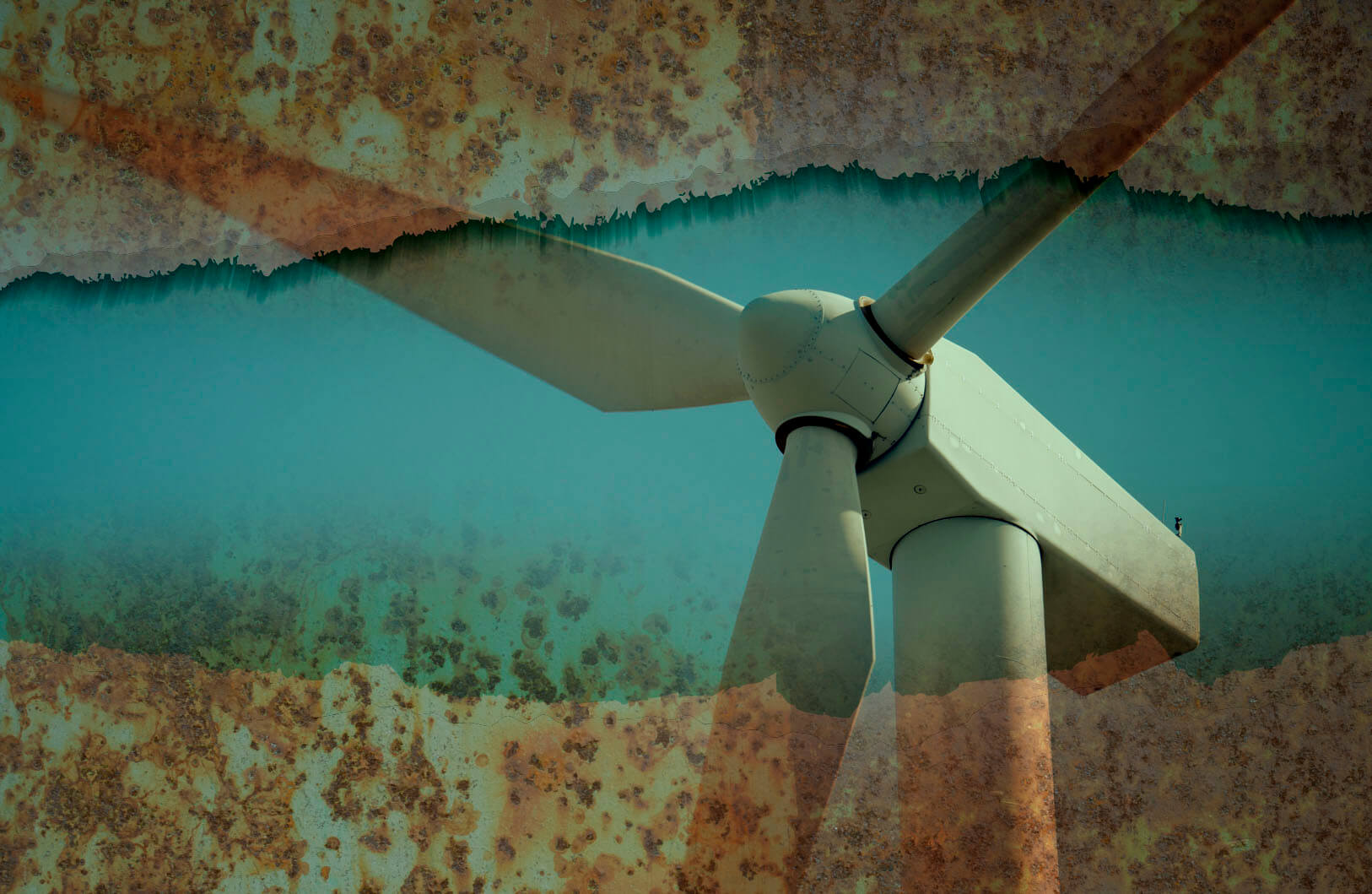8 Challenges in The Installation and Repair of Offshore Wind

Offshore wind energy is a source of abundant power. It reduces environmental impact, is more efficient, and is a great option for renewable energy. However, installing offshore wind is a complex task involving lots of challenges. Knowing the issues increase your awareness to avoid them or minimize the damages.
Here are the challenges in the installation and repair of offshore wind
1. Foundations
Placing a foundation on the sea floor is a complex task. You’ll need a large volume of reinforced concrete for a gravity-base foundation. Also, you’ll need specialized ocean vessels and specific expertise. However, you can seek assistance from professionals like IQIP to successfully install offshore wind plants.
2. Turbine engine challenges
Turbine engines are essential for Offshore wind installation. They are large mechanical devices suspended high in the air, and installing them is challenging due to weather pressures. Also, the engines consist of many moving parts that are subject to wear and tear.
3. Turbine blade challenges
Large turbine blades improve efficiency and save on costs. However, they create challenges when transporting them and installing them. On the other hand, a lighter blade allows easier installation and repair but can have issues like misalignment of fibers or uneven resin distribution.
Additionally, there is a challenge in maintaining the blades. That’s because they suffer from erosion due to exposure to the wind, which reduces their efficiency.
4. Erosion
Ledge Edge Erosion (LEE) is common when navigating wind turbines. LEE is the process where the blades of wind turbines factors like rain and strong ultraviolet rays from sand, ice, and dust erode the wind turbines. It makes the surface rough, increasing resistance and hindering the blade’s efficiency.
Additionally, corrosion is an issue suffered by offshore wind plants. That’s due to the high salinity of seawater and humidity that affects the turbines adversely. Also, exposure to directed and reflected UV radiations causes corrosion.
5. Water depth issue
Turbine performance is influenced by its location. An offshore wind turbine is not installed on the land and thus requires serious considerations. Water being the ideal parameter, limits the availability of spots for offshore wind farms. Also, the water depth can add to the foundation costs.
6. Lightning strikes
Offshore wind turbines are prone to lightning strikes due to longer exposure to marine environment blades coated with salt. The salt reduces the power of the lightning protection system. Lighting damage can cause troubles to offshore wind clustered and hinder repair efforts.
7. Transportation
Installing an offshore wind turbine is a complex and heavy task. It is problematic as the turbines are huge structures with heavy towers and fragile blades and require great care when transporting. Taking it offshore is daunting, and a lot can go wrong.
8. High cost
Installing an offshore wind plant is costly. That’s due to the challenges ranging from foundation to transportation and water depth issues. Also, you’ll need to buy or rent unique tools, increasing the cost. And the maintenance and repair of offshore wind plants are more costly than onshore plants.
Conclusion
The common challenges you’ll experience when installing offshore wind plants are the above. Understanding them will help you find the solutions to ensure your project is successful. You can apply new technologies, innovations or hire an experienced contractor.








